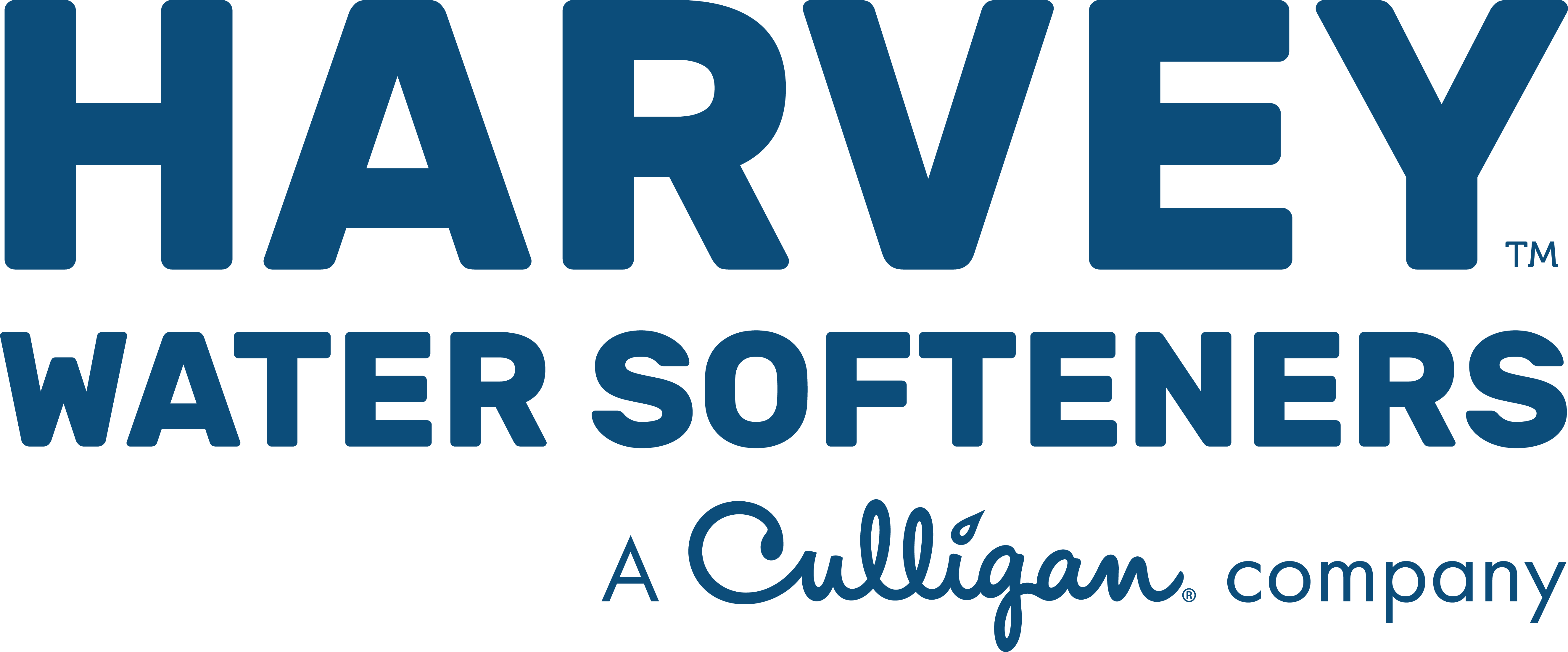What’s the difference between an Indirect and a Direct water supply?
All houses in the UK are plumbed in through a Direct or Indirect system of water supply. Direct and Indirect plumbing systems are how cold water is passed through the pipework in and throughout your home. There are some key differences between a Direct and Indirect water supply, including where the cold taps are supplied from and what advantages and disadvantages this may have, the following guide is a general overview, and we would always recommend getting a qualified plumber or professional to confirm your system.
The difference between direct and indirect plumbing systems concerns how cold water is distributed throughout the home. In an indirect system, the cold taps are supplied by the cold-water storage cistern in the loft. In a direct system, they’re supplied by the mains. Each system comes with its own set of advantages and disadvantages. In this article, we’ll go through the main differences.
An Indirect System
Typically, in an indirect system, the main water supply will enter your property and then flow through, supplying water to the cold kitchen tap. This water will then pass up through the property into the loft / attic to feed a cold water storage cistern. This cold cistern in turn then supplies cold water to everywhere else in within the property, such as cold bathroom taps and the hot water cylinder.
The Most Suitable Softeners for your property: Harvey Arc or a HVX Water Softener
A Direct System
In a direct system, all the cold tap water supply is drawn by the mains. This means that the cold-water storage cistern provides water for only your hot water cylinder within the property. In some cases, you may even find that there may not even be a storage cistern if the property has a combi-boiler, or an unvented hot water cylinder installed (as you will find that both appliances are fed directly from the mains water supply).
The Most Suitable Softeners for your property: Harvey Arc, HVX or a Big Blue Water Softener
Advantages and Disadvantages
One of the biggest benefits of an indirect system is that even if the water supply to your property is cut off, there will still be a reserve of water. This means that you’ll still be able to flush the toilet until the loft cistern is empty. Another key benefit of indirect systems is that they operate at lower pressure than direct systems and are much quieter, and less at risk of water hammer.
One main disadvantage of an indirect system can be (though this was more prevalent in the past) the risk of stagnation and water contamination that is apparent when you keep a large quantity of water open to the air. It’s important to highlight though that current water regulations now require cisterns to be fitted with a set of components to ensure the water remains potable, i.e. drinkable.
Historically, this is the reason why it was never recommended to drink from the bathroom taps in British homes. In direct contrast, direct systems can supply drinking water from every cold tap in the home as they draw direct from the mains, alongside the other advantage of a direct system’s higher pressure means much greater flow rates.
Explore our entire range of Water Softeners and their features and benefits to see how they can improve your home, health and finances.
If you need any assistance, please contact our expert team who will be able to help.
Harvey is the UK’s number one brand for water softeners. Your Harvey water softener simply connects to your home water supply, slots under the sink, and begins the softening process.
Get in touch with us today and learn more about the benefits of a Harvey water softener.

